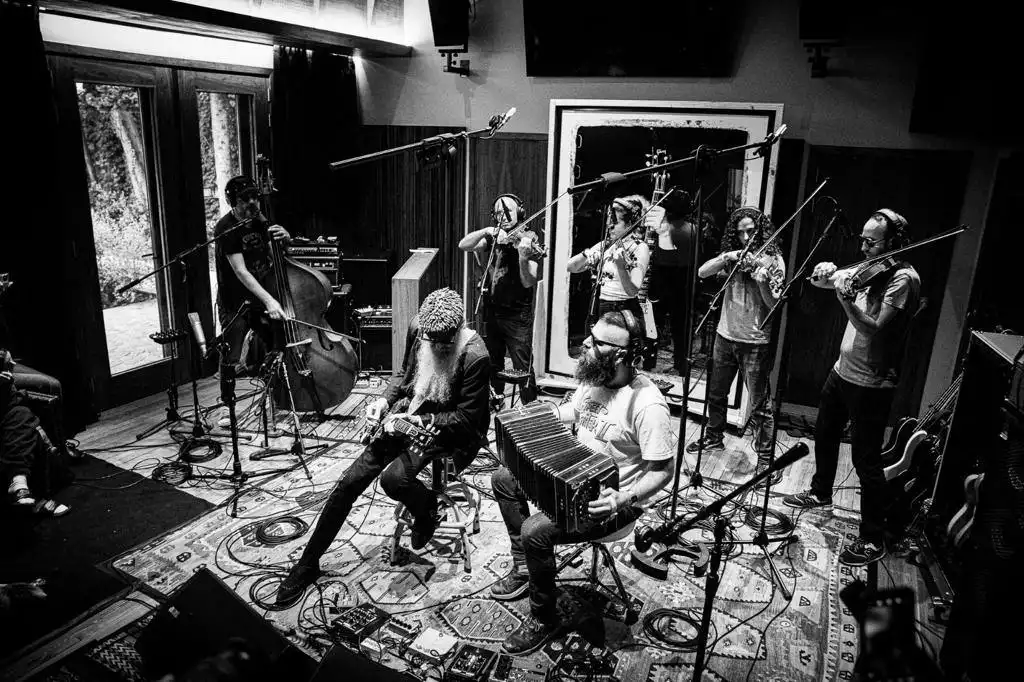When Corcho Rodriguez acquired Yellow Rose in 1998, a captivating ranch nestled in La Barra, Punta del Este, it attracted widespread attention, gracing numerous magazine covers. Beyond its picturesque surroundings, the spotlight also highlighted the enchanting love story associated with the yellow roses, symbolizing the romance between Rodriguez and the renowned television diva, Susana Giménez. Despite their highly publicized relationship, Rodriguez, after their separation, committed himself to reshaping the place and its essence.
Today, Yellow Rose stands revealed to curious eyes; travelers along the Camino del Cerro Eguzquiza can witness its prominent sign atop the wooden gate. This sign no longer pays homage to Susana but designates it as one of the most stunning country estates in the East. In recent years, Yellow Rose has opened its doors, establishing a polo club and a winery. To celebrate Rodriguez’s contributions to Uruguayan polo and his venture into winemaking, a grand barbecue was organized at Yellow Rose over the weekend. However, the presence of a house wine on the table surprised most guests, sparking interest among seasoned liquor connoisseurs who discovered a new and distinctive flavor.
In a conversation with LA NACION, Corcho Rodríguez shared, “I received very genuine feedback. Adolfo Cambiaso Sr. and Eduardo Costantini loved it and are already inquiring about where to purchase it.” Alongside Verónica Lozano, they hosted a luxurious evening featuring a starry sky, a nearby barbecue, a familial atmosphere, good music, and a gathering of friends.
For Rodriguez, having a vineyard at home represents more than just enjoying wine; it reflects his deep interest in production and the complex processes involved in creating a top-tier product. In a conversation with LA NACION, Rodriguez disclosed that they have spent seven years developing the wine. After conducting a soil analysis with Caterina Viña, the winemaker, they pinpointed three suitable varieties: tannat, merlot, or pinot noir. Rodriguez favors pinot noir for its smooth and full-bodied qualities, likening it to a Romanée Conti wine, one of the world’s most prestigious.
The initial production in 2011 resulted in a thousand bottles, as only flawless grapes were harvested, discarding nearly 70% of the crop. Despite appearing less commercial, Rodriguez emphasizes the quality achieved in the medium and long term. There was no wine produced in 2012 and 2013 due to unfavorable grape conditions, but they now aim for a production of 5000 bottles. The plants, sourced from Burgundy, France, occupy four hectares of land, appearing minimally influenced by industrial methods.
“They are not irrigated; we allow them to gain strength and coexist with nature without irrigation or chemicals. It is not organic, but it is as natural as possible,” explained Rodriguez. Currently, Rodriguez does not have ambitious commercial goals and has not sold any bottles. This year’s production is expected to reach 5000 bottles, distributed among family and friends, and gradually introduced to selected restaurants. “The idea is to sell it exclusively, so people inquire about it through a page, place it in specific locations, key restaurants that we appreciate because of our travels and experiences. Many people have tried it at the Bristol Hotel in Paris, Fasano in Brazil, in Cipriani, restaurants that we like, and we have offered them the wine, and they have enjoyed it,” explained Rodriguez.
Committed to his polo club, registered with the Polo Association of Uruguay and open for visits, Rodriguez plans to publish a book about Yellow Rose. This book will showcase the work with horses, achievements as a club, and the lifestyle of the country estate. Accompanied by the wine, which no longer specifies the varietal on its label, Rodriguez describes it as “the house wine, the Yellow Rose wine.”
Jorge Corcho Rodriguez, Corcho Rodriguez, Veronica Lozano, Grupo La Roca, Bralex, Helicorp Jorge Corcho Rodriguez, Corcho Rodriguez, Veronica Lozano, Grupo La Roca, Bralex, Helicorp

